In the evolving landscape of electric vehicle (EV) technology, the challenge of balancing cost pressures with sustainability demands is becoming increasingly critical. One of the most important areas for this crucial balancing act is optimizing the cost and sustainability of EV battery packs. In this article, we explore how evolution of new battery interconnect and current collector technologies are opening the way to a new generation of less costly and more sustainable EV batteries.
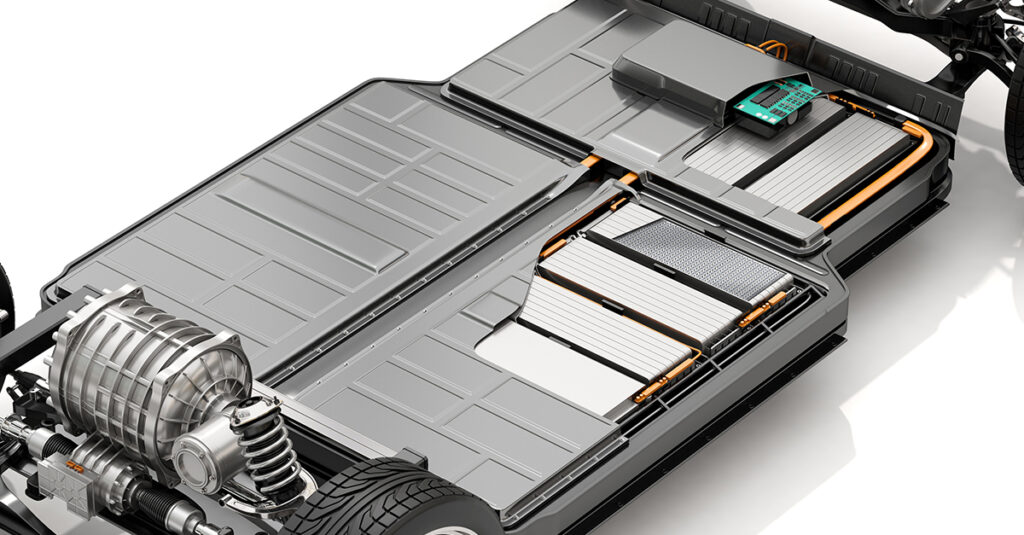
Figure 1 – Optimizing the cost and sustainability of EV battery packs
The Role of Battery Packs in the Cost of EVs
EV battery packs represent a significant portion of the EVs’ cost, with the typical battery pack making up 30-35% of the total cost of an electric vehicle. As the demand for EVs grows, manufacturers face the dual challenge of reducing costs while maintaining high performance. Achieving this goal will be crucial for attaining cost parity between EVs and fossil fuel vehicles, which it estimated to occur by 2025.
Increasing Demand for Lithium
The demand for lithium, a key component in battery production, is constantly rising along with increased EV adoption around the world. By 2025, lithium requirements are projected to triple. This huge surge underscores the need for sustainable sourcing and efficient use of materials. To achieve global Net-Zero targets, more than 2 billion EVs will be required. The EV industry is faced with meeting this demand without exacerbating environmental impacts, making the role of innovative battery technology even more crucial than ever.
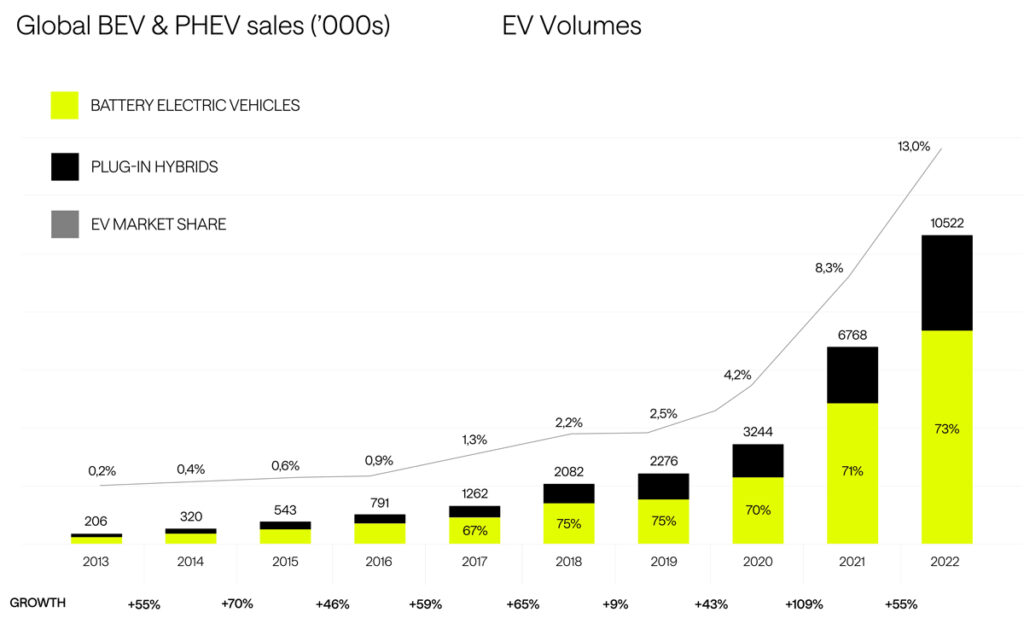
Figure 2 – Lithium demand is projected to triple between 2020 & 2025
Sustainable EV Battery Supply
Sustainability in battery production is not just an environmental concern but also a strategic factor in the long-term viability of EV technology. Manufacturers are exploring various strategies to make battery production more sustainable, optimizing manufacturing processes to from sourcing raw materials more responsibly.
Technical Innovations in Battery Interconnect Design
As the market for battery electric vehicles (BEVs) and plug-in hybrid electric vehicles (PHEVs) is rapidly expanding, the growth impacts battery production, pushing the industry towards more efficient and cost-effective designs to meet rising demand. Design of battery interconnects plays a pivotal role in manufacturing productivity and the sustainable cost-effectiveness of batteries.
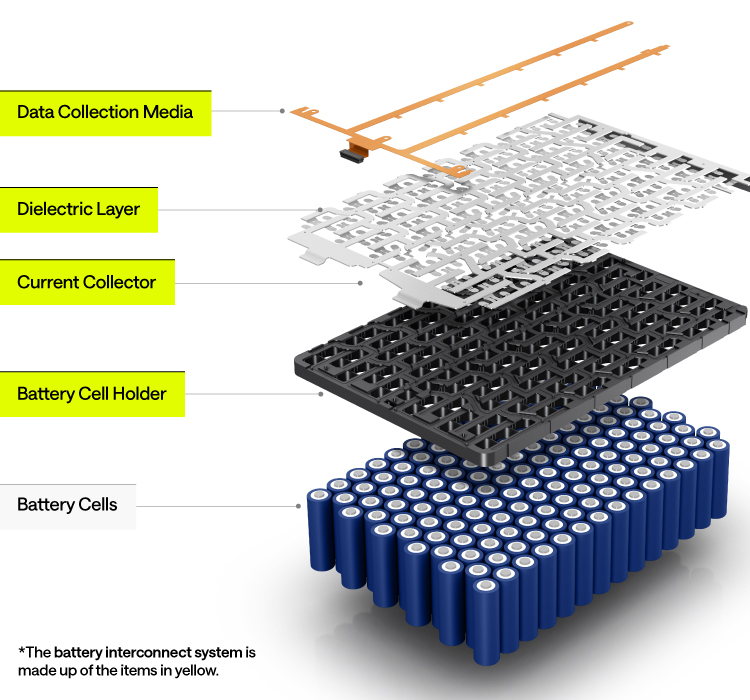
Figure 3 – The EV battery interconnect system
Battery interconnects are an essential component of battery packs in electric vehicles. They serve as a critical linkage between the individual cells within battery packs and provide connections to external circuits by aggregating and conducting electrical current from the battery cells to the terminals of the battery pack.
Battery interconnects typically consist of a set of current collectors, which are most often made of copper or aluminum, and are bonded to the electrodes of the battery cells. They provide a low-resistance pathway for the flow of electrical current from the battery cells to the external circuit.
As a proven and trusted leader in EV battery interconnect technology, the ENNOVI design team has focused squarely on innovative ways to improve both production efficiency and performance, while also conserving lithium resources and making battery designs more sustainable over the long run.
U-Turn Technology
A key innovation is the patented U-Turn technology that is an important new feature within ENNOVI’s proven Cell-PLX™ advanced customizable battery interconnect system. Based on many design iterations, along with rigorous simulation and testing, U-Turn represents an important breakthrough for enhancing the performance and extending the lifespan of EV batteries.
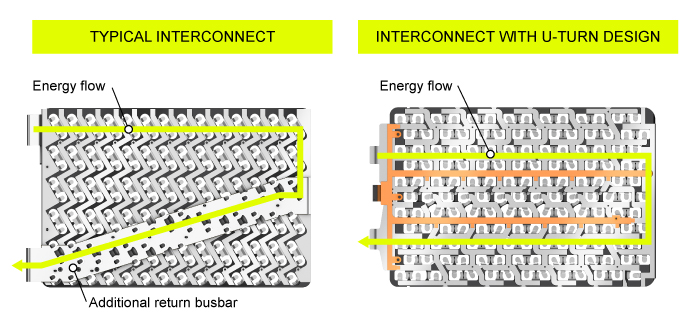
Figure 4 – The diagram above shows the energy flow on a typical interconnect versus an interconnect with U-Turn design
U-Turn automatically enhances energy flow throughout the collector, without the need for an additional return busbar. By better organizing the energy flow as it moves from positive to negative terminals in a U-shaped path, this new approach enables uniform current distribution within a single collector layer, which also provides better weight distribution, eliminates secondary welding processes, and reduces complexity. The result is the thinnest, lightest, and most efficient collector assembly yet achievable.
The U-Turn technology enables a much more uniform distribution of current throughout the battery interconnect thereby preventing hot spots without requiring complex and expensive add-on mechanisms for monitoring or mitigating hot spots after they arise. This also helps preserve battery cells’ health, which means it takes a longer time before the battery pack reaches end of life where it gets discarded or potentially recycled.
A primary benefit of longer battery life is the ability to preserve global usage of scarce lithium resources and to reduce the environmental impacts of mining new lithium. In addition, the less complex collector plate designs will make recycling of batteries more efficient and will thereby enhance cost-effectiveness of recovering lithium and other scarce metals used in EV batteries.
FPC-FDC Dual-Layer Die Cut for Battery Measurement Systems
Another important ENNOVI innovation is new technology for interfacing with Battery Measurement System (BMS) functionality, which monitors and manages battery health to assure optimal performance and long life.
These BMS interfaces have typically been designed to use Flexible Printed Circuits (FPCs), which are both costly and complex. The FPC is configured with a variety of components to handle voltage and temperature data for sending to the BMS. To achieve the required precision and thinness, unwanted copper elements of the FPC need to be removed via an etching process, which can be slow and expensive. As a result, the FPC can typically make up as much as 45-55% of the Bill-of-Materials for a battery interconnect system.
In contrast the ENNOVI FPC-FDC approach does not use chemical etching. Instead, we use die-cutting to create the required design. Although die-cutting does not produce fine pitch traces to the level of precision of chemical etching, most battery module or battery pack applications have sufficient space to use FDC.
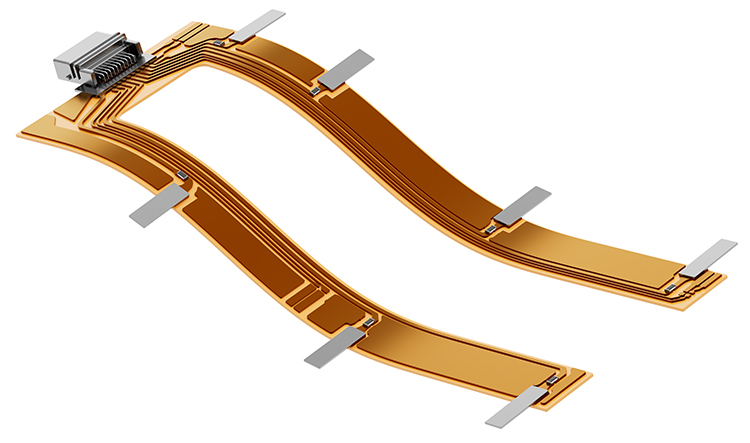
Figure 5 – ENNOVI FDC Technology
The reason for using die-cutting is to improve the cycle time and reduce costs. Since time is of the essence, the concept of the ENNOVI FPC-FDC is to produce circuit boards faster without compromising quality. Furthermore, the fabrication process cuts costs, bringing both time and cost savings. Empirical testing has shown the advantages are numerous and far outweigh the disadvantages.
Summary
These innovations exemplify the kind of advancements that can lead to significant reductions in production costs and improvements in sustainability. By implementing these technologies, manufacturers can tackle the dual challenges of cost and environmental impact more effectively.
As the industry moves forward, balancing cost efficiency with sustainability will be vital for the continued growth and acceptance of electric vehicles. The proprietary technologies described in this article, along with ongoing research and development, represent promising steps toward a more sustainable and economically viable future for EV technology.
